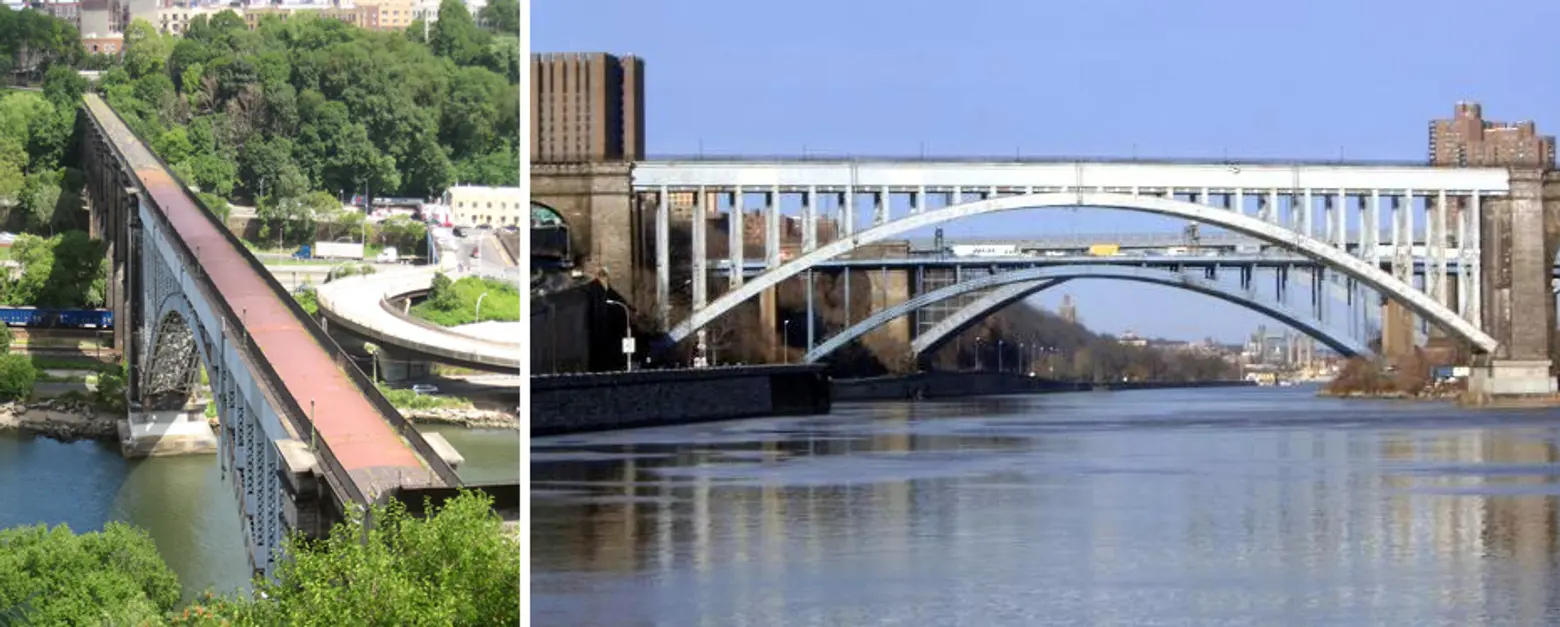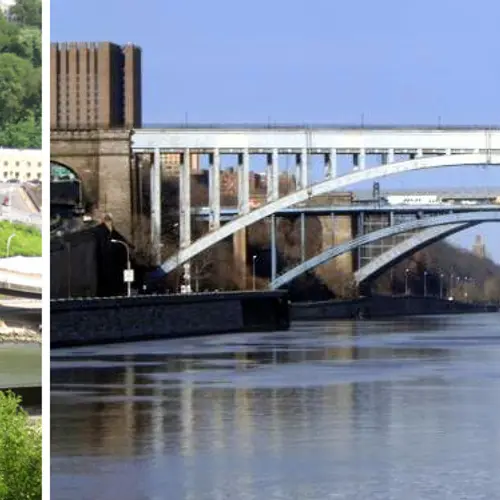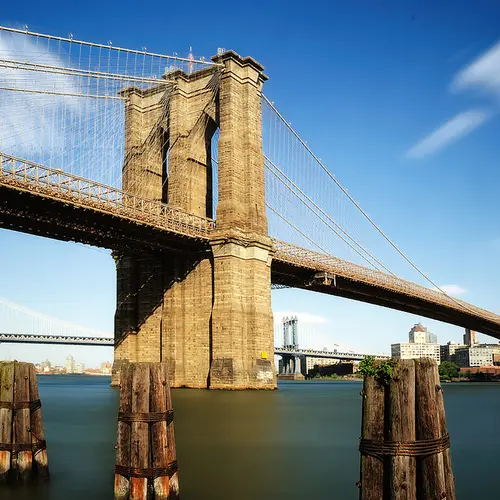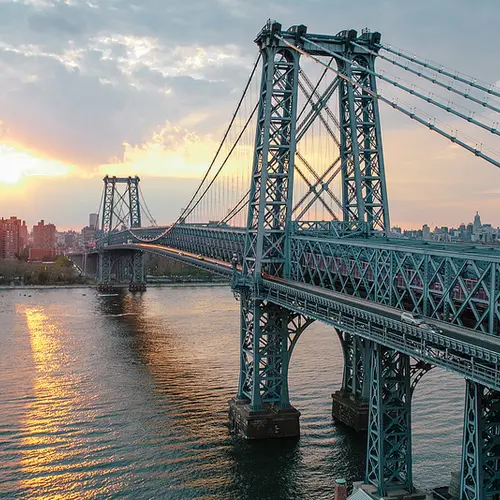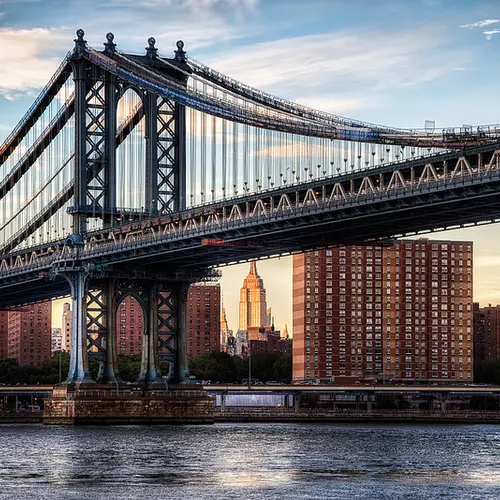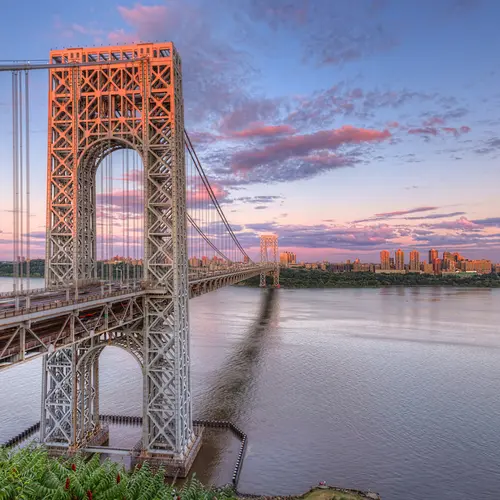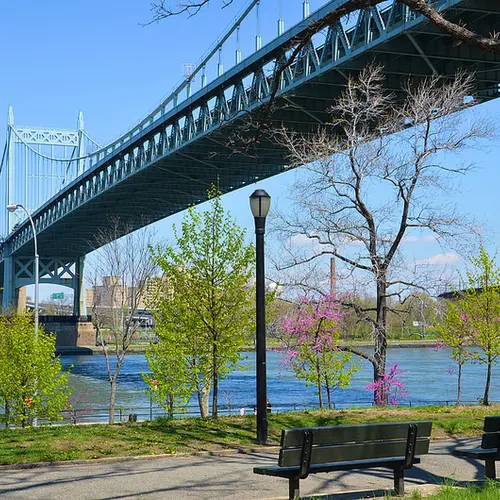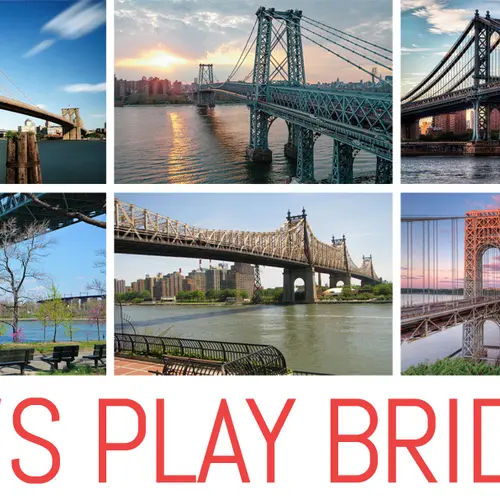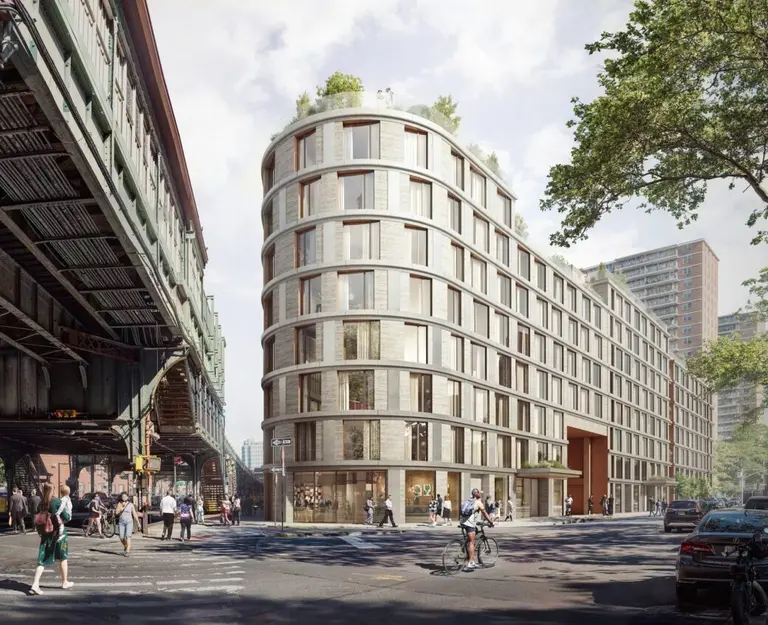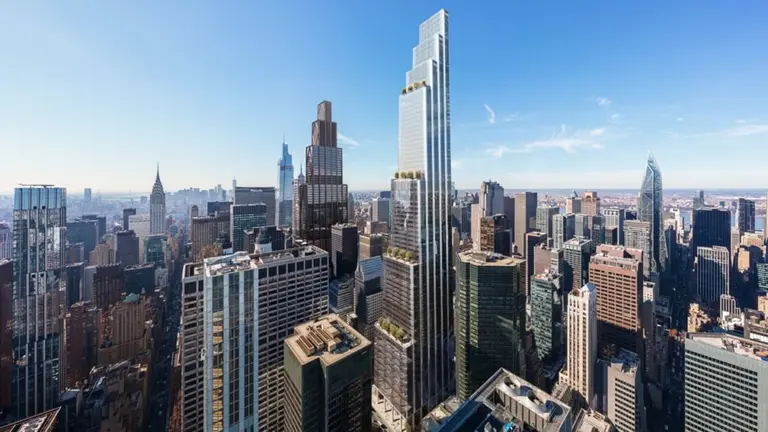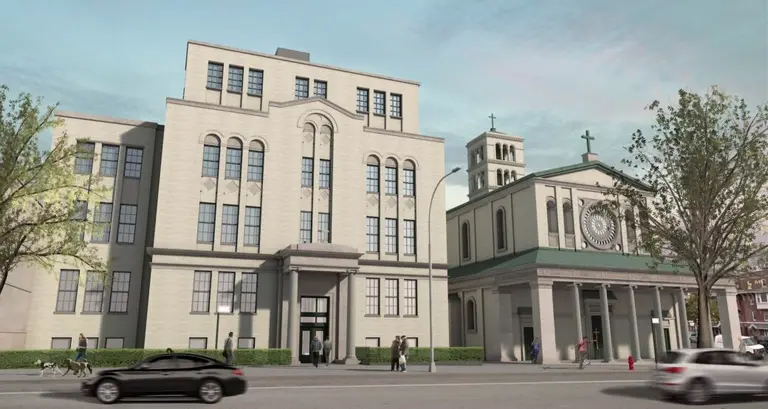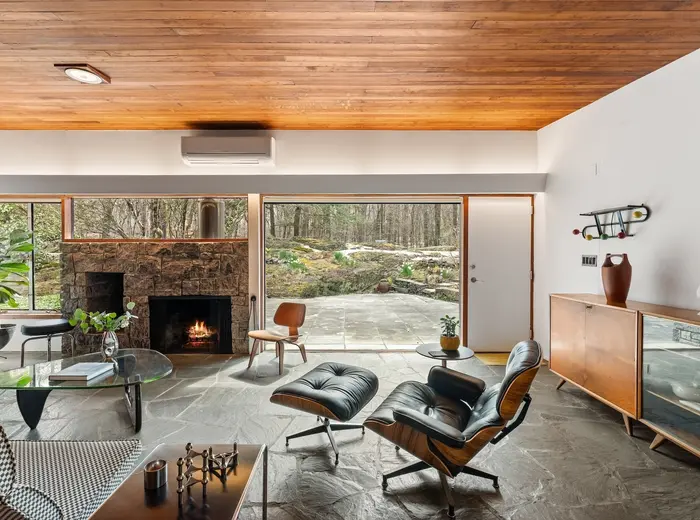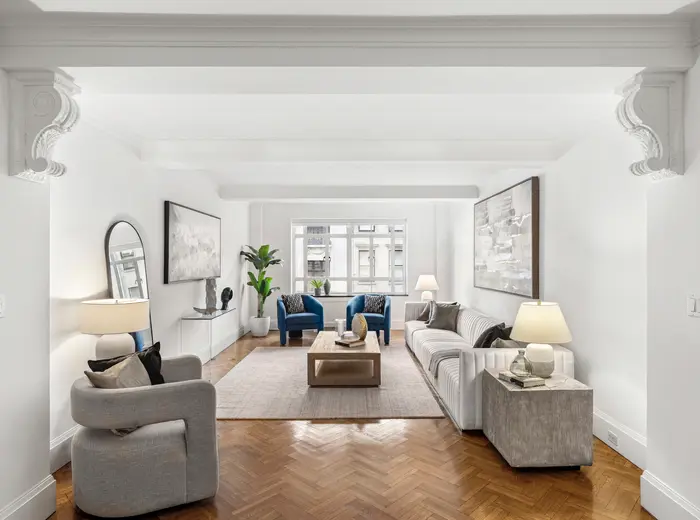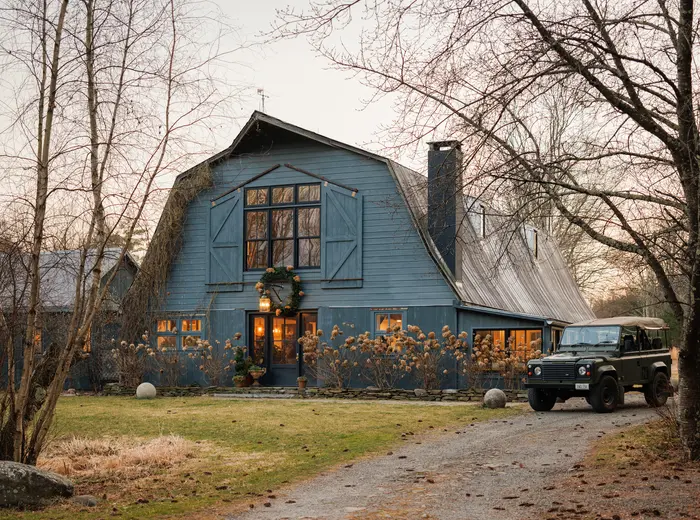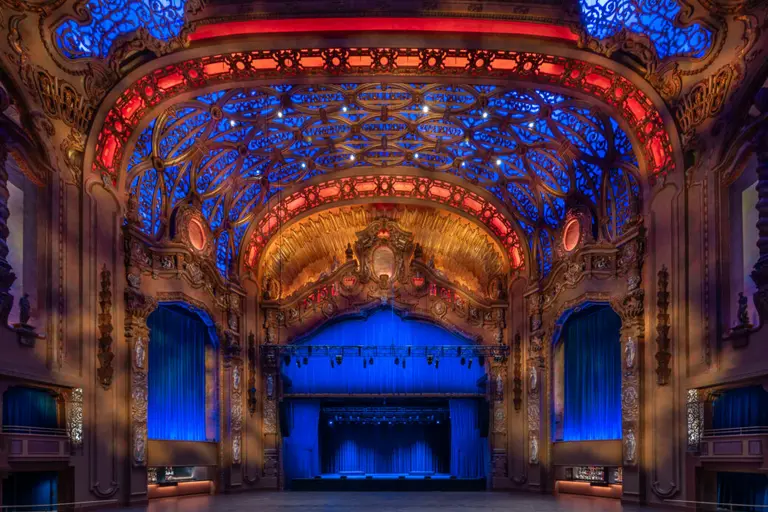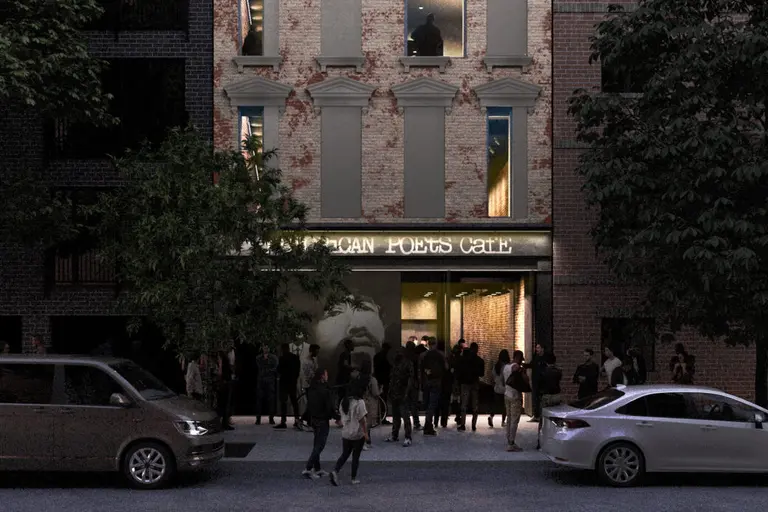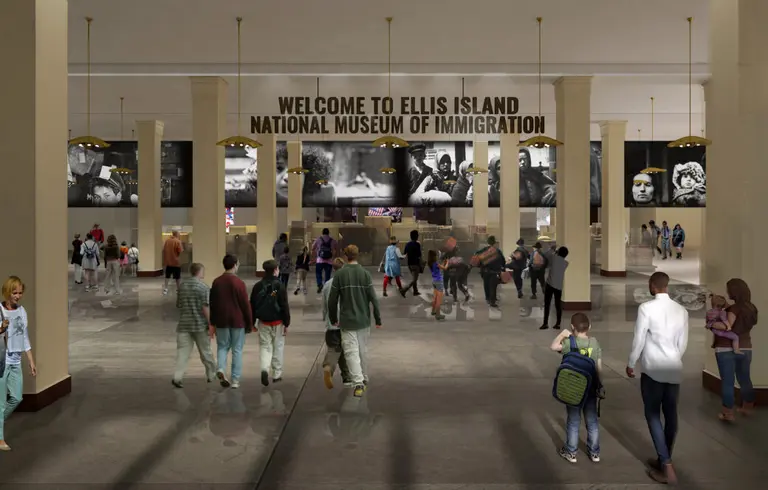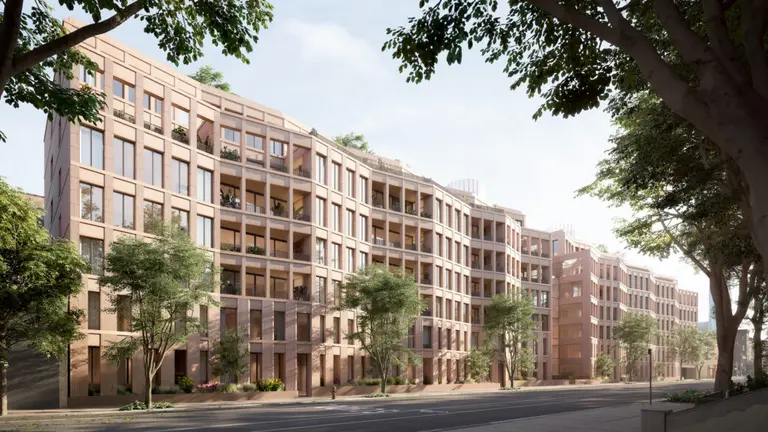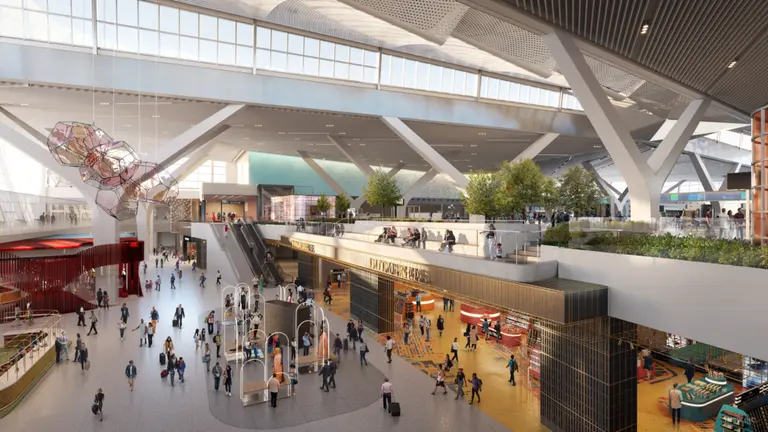An Abridged History of New York City’s Most Popular Bridges
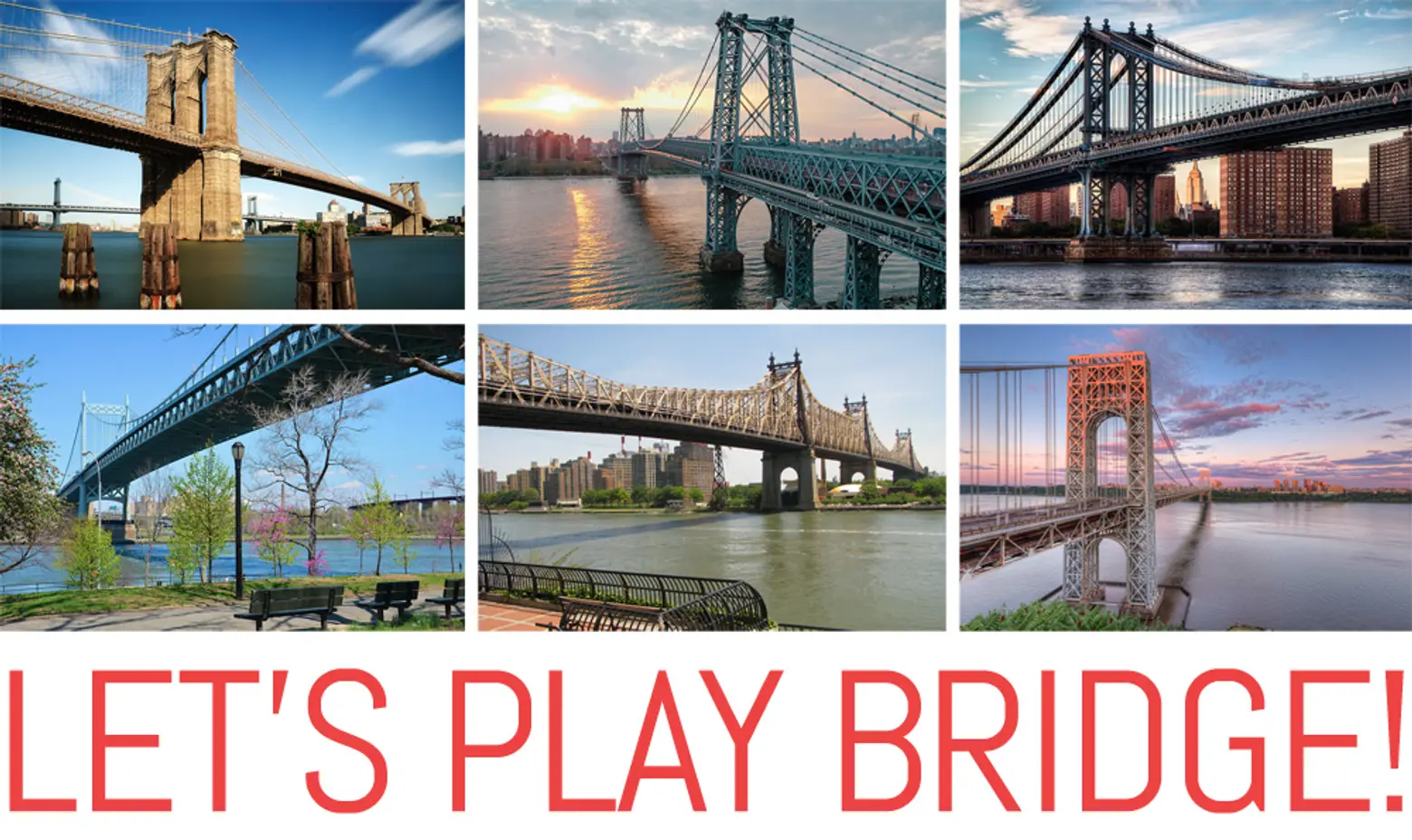
According to the Department of Transportation (DOT), Manhattan boasts about 20 bridges that connect the Big Apple to neighboring areas—many of which have various degrees of landmark status, including the Brooklyn Bridge, the George Washington Bridge, the Manhattan Bridge, the High Bridge, the University Heights Bridge and the Ed Koch Queensboro Bridge. We often use these marvels without giving them much thought beyond the grandiose size and maybe their engineering, so to give you a little trivia to impress your friends with the next time you cross one these storied bridges, we’re offering up a handy primer on seven of the city’s most famous.
HIGH BRIDGE
For bridge buffs, King’s Bridge, which was built in 1693, was our very first spanner and connected Spuyten Duyvil Creek (close to what is now Broadway near 230th Street) to the Bronx. Given that it was leveled in 1917, the aforementioned High Bridge is now the oldest still standing bridge. That one was completed in 1848 and traversed the Harlem River between Manhattan and the Bronx.
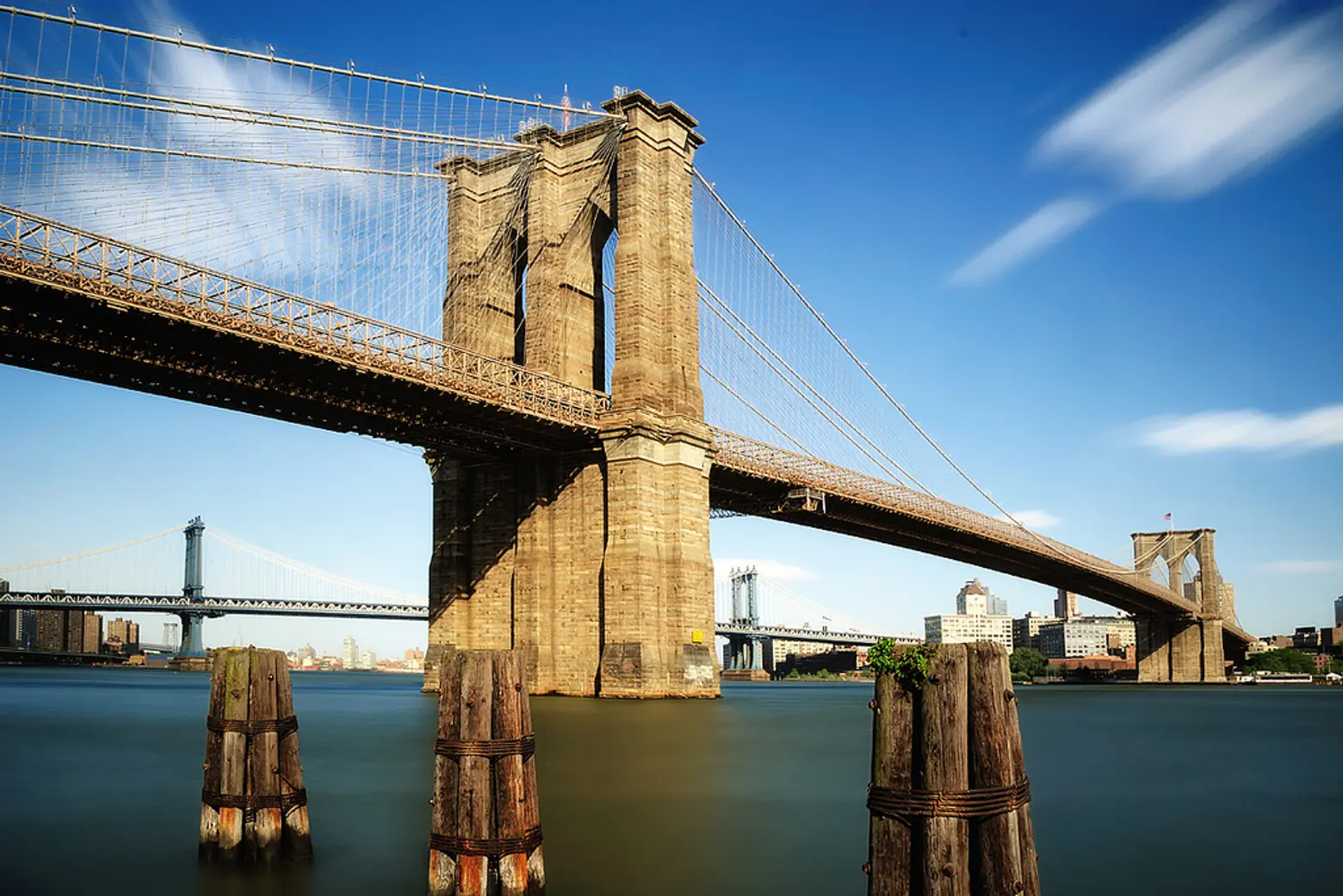 Photo by andrew c mace cc
Photo by andrew c mace cc
BROOKLYN BRIDGE
Costing $155 million to get the job done, the Brooklyn Bridge was designed by John A. Roebling. However, his son Washington took charge in 1869 after John sustained a fatal bridge-related accident early in the game. Ironically, Washington was seriously injured in 1870 while trying to put out a fire in one of the pneumatic caissons—and his wife Emily then stepped in to dispatch guidance and instructions from her housebound spouse to on-site engineers for the next 11 years. Never one to take any task lightly, Emily began studying higher mathematics, catenary curve calculations, material strengths, bridge specifications, and the intricacies of cable construction.
On opening day, Emily was the first to cross over the bridge — ahead of 1,800 cars and 150,300 people. Unfortunately, word soon spread that the bridge was about to collapse, and that resulted in a stampede that killed a dozen people. To quell doubts of the bridge’s stability a year later, circus maestro Phineas T. Barnum had Jumbo, one of the most heralded elephants in modern history, led a parade over the bridge. Interestingly enough, the bridge acquired more than a few names, including the East River Bridge in its early years, but it was officially christened the Brooklyn Bridge in 1925. The Brooklyn Bridge remains one of the longest (1,505.5 feet) suspension bridges on the planet. Fun fact? This landmarked bridge served as a backdrop to films such as “I Am Legend,” “Godzilla,” “Enchanted,” “Moonstruck” and “Spiderman.”
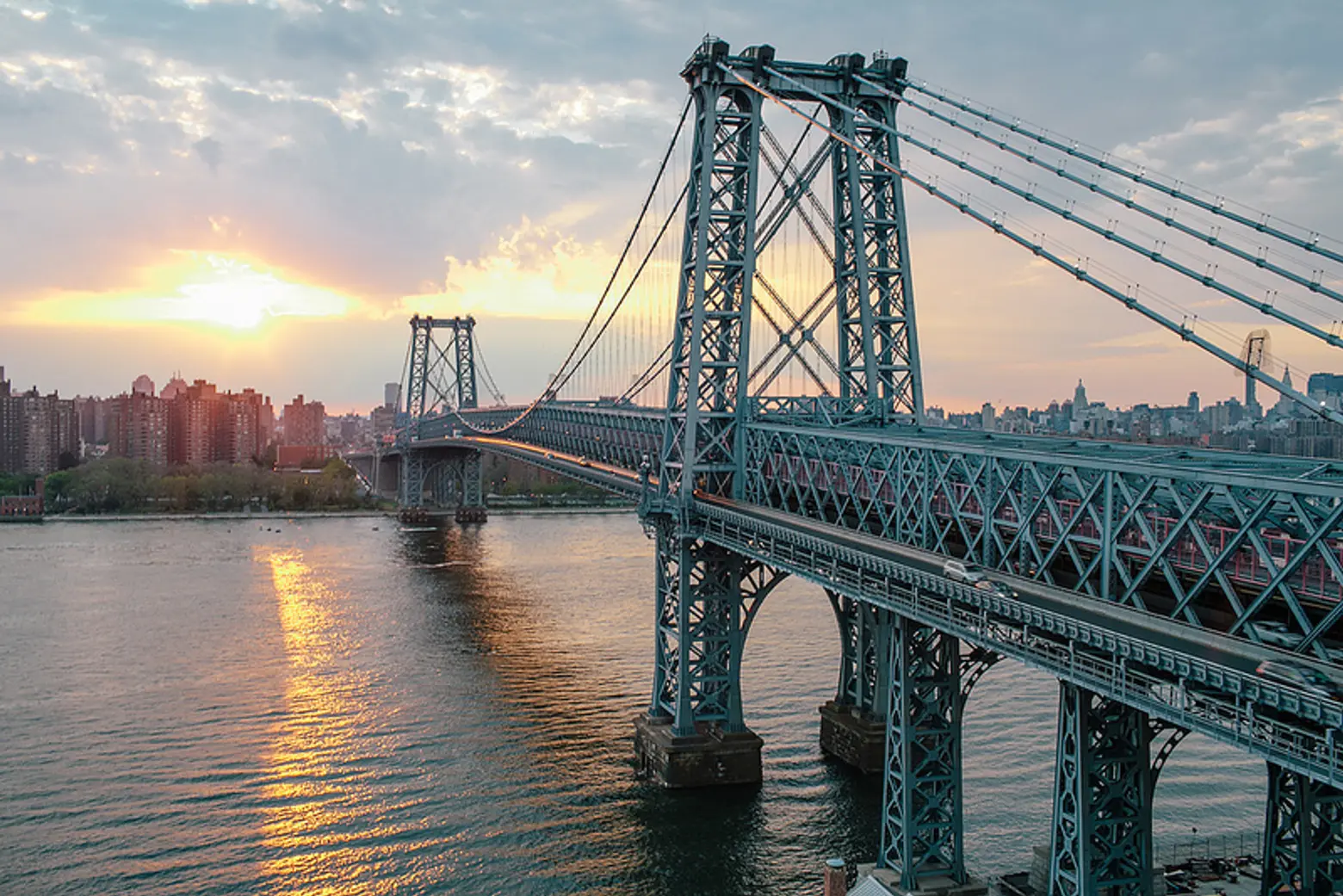 Photo by Jorge Quinteros cc
Photo by Jorge Quinteros cc
WILLIAMSBURG BRIDGE
The iconic Williamsburg Bridge was designed by Henry Hornbostel and was the second bridge to span the East River. Opened in December 1903 at a cost of $242 million, it was the longest suspension bridge (7,308 feet) in the world until 1924 when the Bear Mountain Bridge opened upstate. Always ready for a Hollywood close-up, this bridge has appeared in films such as “Annie Hall”, “The Amazing Spider-Man”, “The French Connection”, “Scent of a Woman” and “Serpico.”
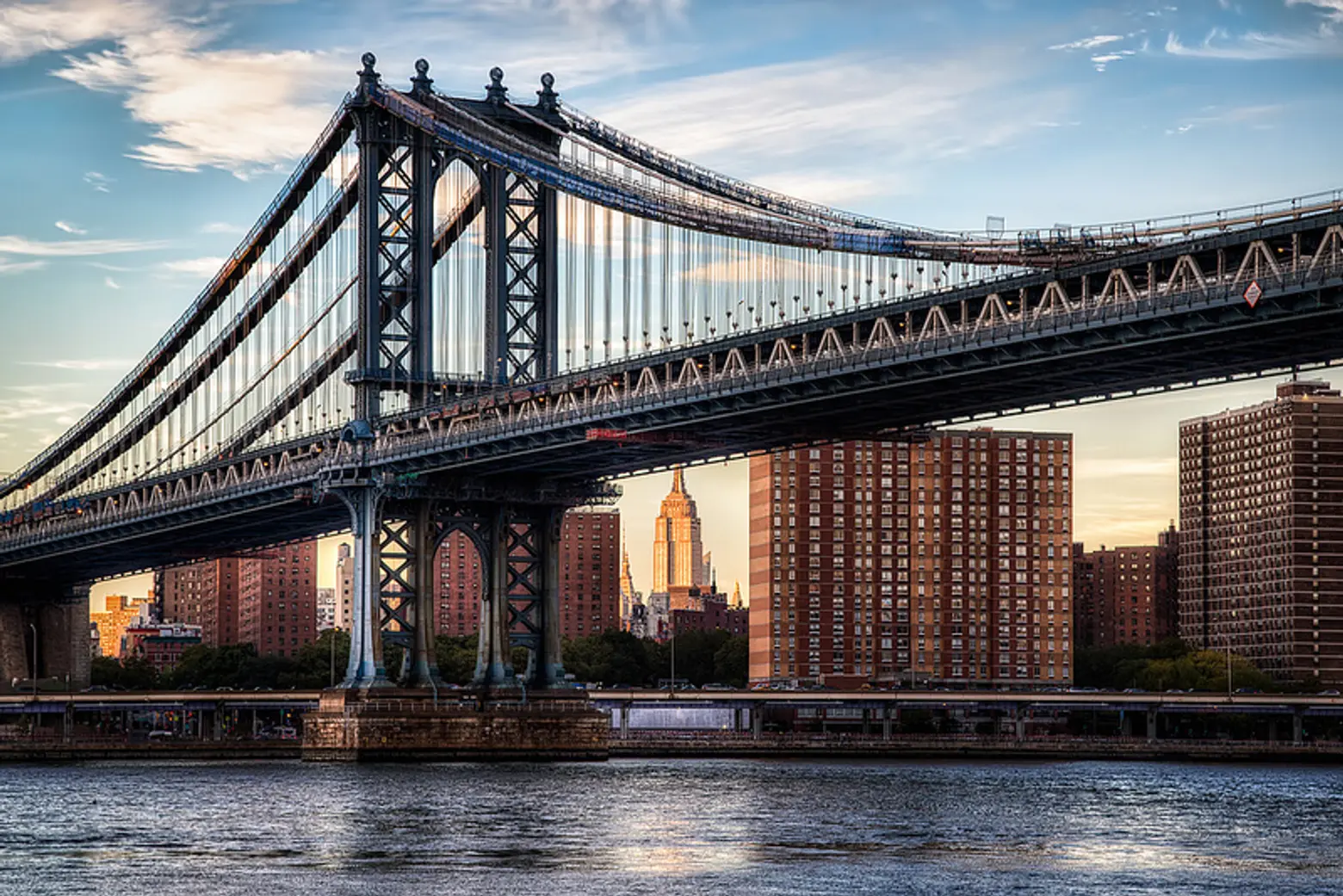 Photo Justin in SD cc
Photo Justin in SD cc
MANHATTAN BRIDGE
Sandwiched between the Brooklyn and Williamburg Bridges, the Manhattan Bridge connects Lower Manhattan to Brooklyn’s Flatbush Avenue Extension near DUMBO. Designed by Leon Moisseiff, who later designed the Tacoma Narrows Bridge that collapsed in 1940, this crossing opened in 1909 with its main span reaching 1,470 feet. A year later, architects Carrère and Hastings drew up plans to add an elaborate and now landmarked grand arch and colonnade to the Manhattan side’s entry as part of the 1890 to 1910 City Beautiful Movement. The entrance details include pylons sculpted by Carl Augustus Heber and a Charles Cary Rumsey frieze called “Buffalo Hunt.”
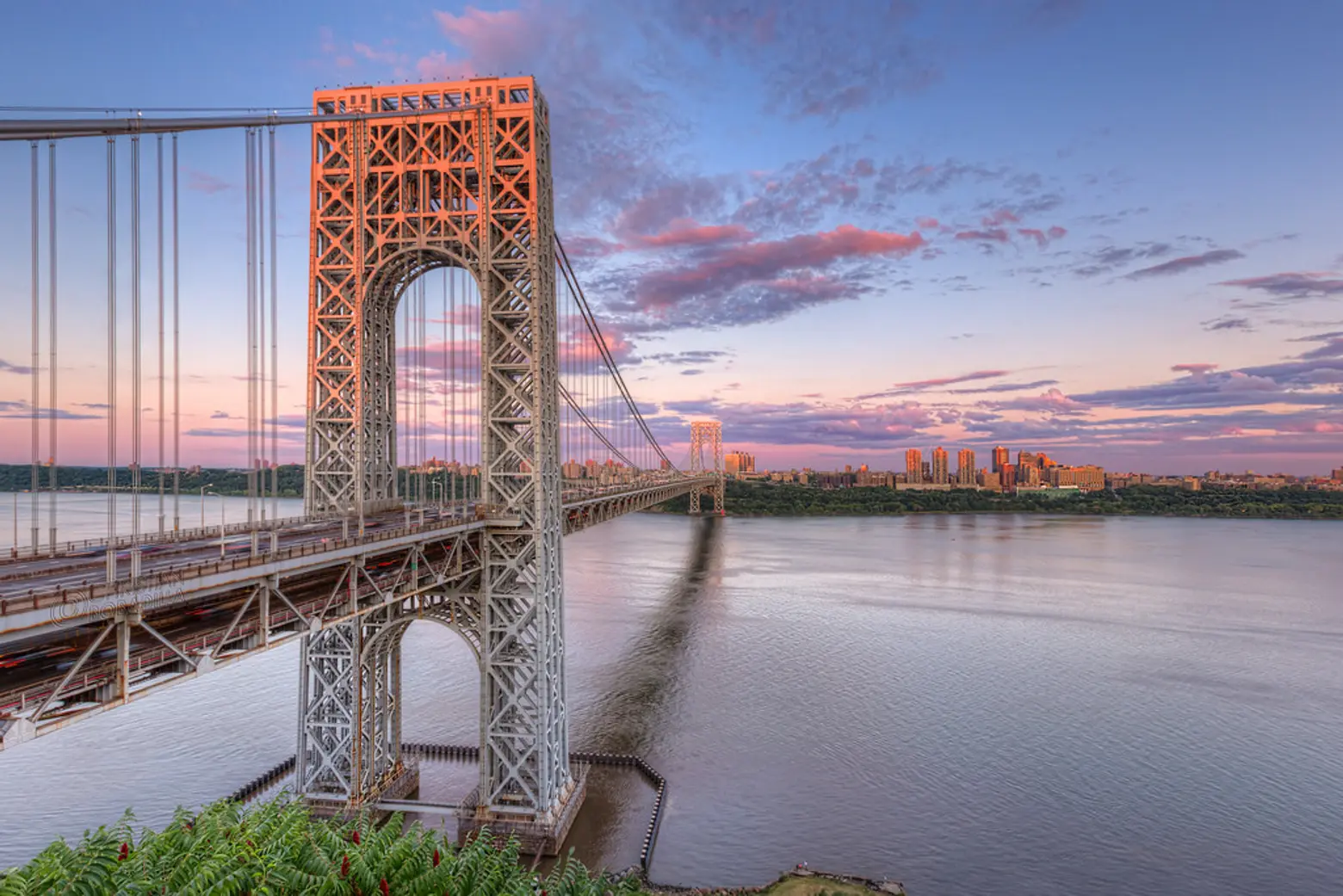 Photo by Christian Bobadilla cc
Photo by Christian Bobadilla cc
GEORGE WASHINGTON BRIDGE
Opened in 1931 as a suspension bridge, the George Washington Bridge connects Washington Heights in Upper Manhattan to the Palisades area in NJ. Designed by Cass Gilbert (among his most famous structures is the US Supreme Court in Washington D.C.) and Othmar Ammann (he also designed the Verrazano-Narrow, Throgs Neck, the Bronx-Whitestone and Triborough bridges) at an estimated cost of $75 million and was named in honor of George Washington because of its close proximity to fortified positions used by Washington and his troops in his unsuccessful attempt to hold off the British occupation of New York City during the American Revolutionary War in 1776. With an original total length of 3,500 feet, it was, at the time, the longest main bridge span in the world—and held the title until San Francisco’s Golden Gate Bridge opened in May 1937.
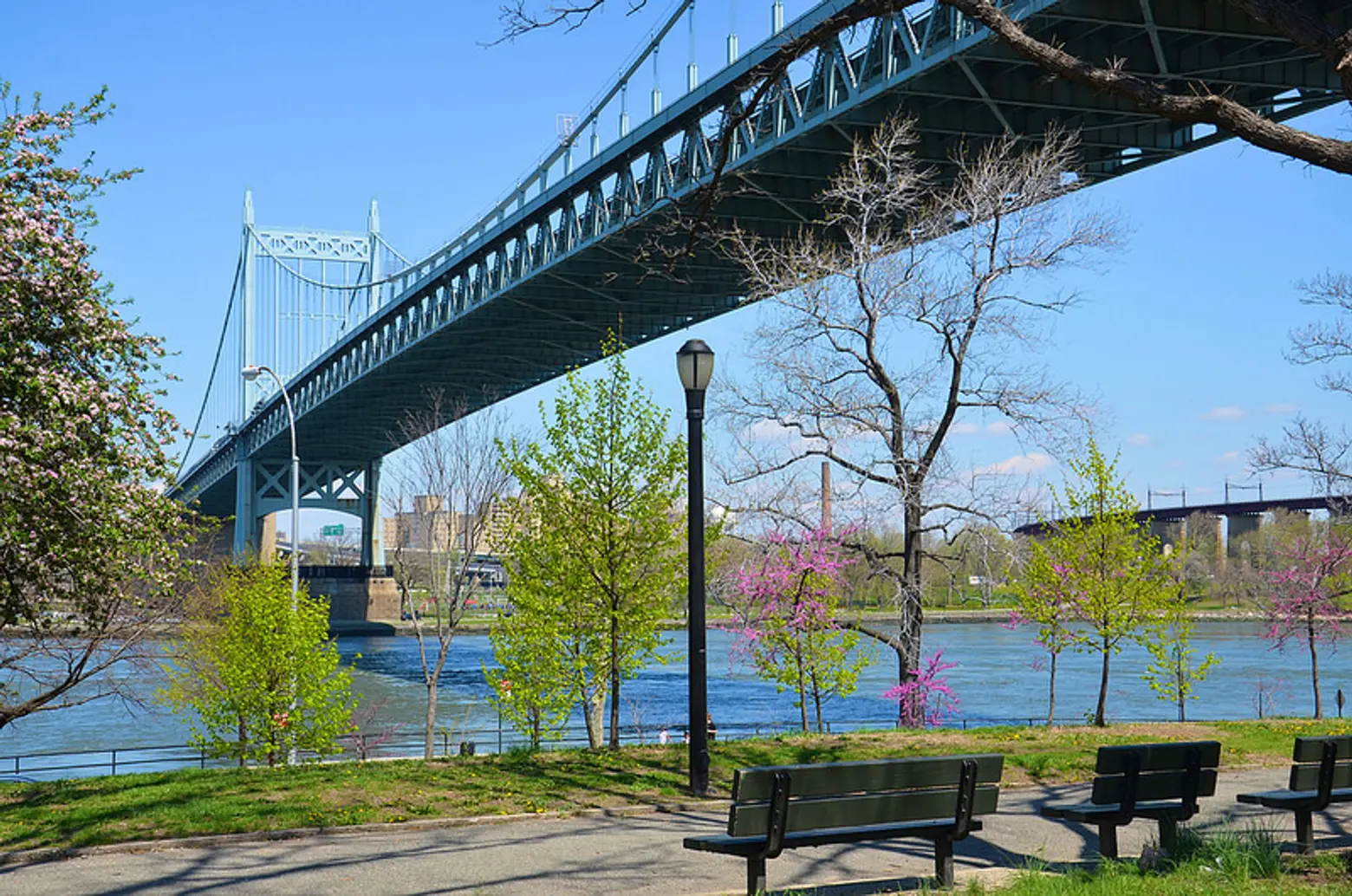 Photo by Joe Shlabotnik cc
Photo by Joe Shlabotnik cc
TRIBOROUGH BRIDGE
The Triborough Bridge, renamed the Robert F. Kennedy Bridge in 2008, is a complex of three separate bridges spanning the Harlem River, the Bronx Kill River and East River, and connecting the boroughs of Manhattan, Queens, and the Bronx by way of Randall’s and Wards Islands.
Though plans were officially announced in 1916—funding only became available in 1925. Unfortunately, construction actually began on Black Tuesday in October 1929 when the stock market lurched America into the Great Depression. Worried about the bridge’s ultimate success, the structure was quickly redesigned so as to cut costs by more than $10 million. That, combined with New Deal money, the project (now known as one of the largest public works projects of the Great Depression) was once again under construction by the early 1930’s and completed in July 1936 at a cost of more than $60 million.
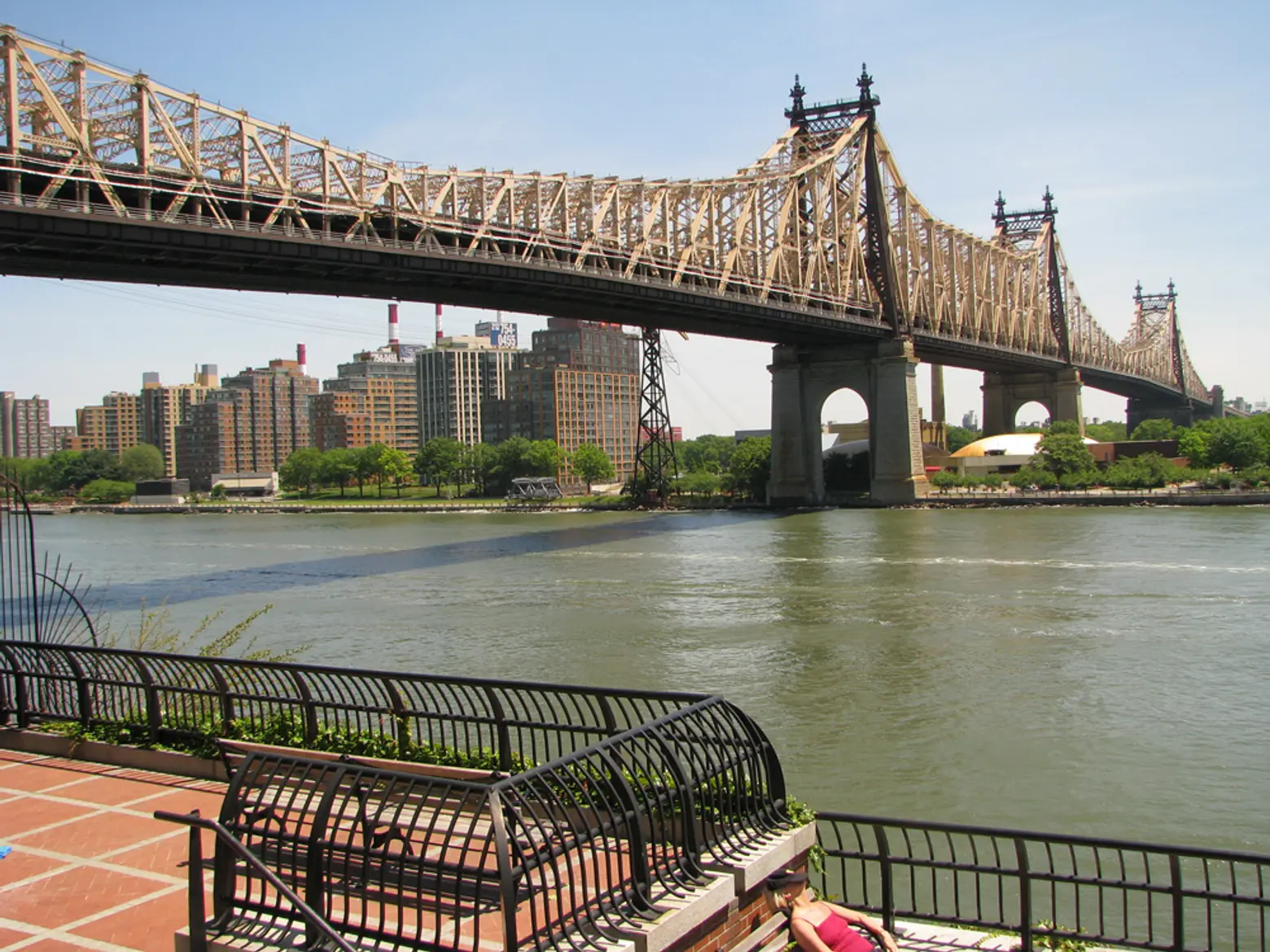
THE 59TH STREET BRIDGE
The 59th Street Bridge (formally known as the Ed Koch Queensboro Bridge) is a cantilever bridge from Manhattan’s East Side at 59th Street to Long Island City. Designed by Leffert L. Buck and Henry Hornbostel, the bridge was completed in 1909 at a cost of $18 million. Aside from cars, a trolley was used to shuttle non-drivers — and even included a midway station stop, so some passengers could embark or disembark by way of an elevators or staircase to Roosevelt Island. The trolley operated until April 1957. Another film favorite when it comes to locations, this bridge showed up in films such as the “The Great Gatsby”, “My Man Godfrey”, “Anger Management” and Woody Allen’s “Manhattan”, in addition to being the subject of a Simon & Garfunkel song “The 59th Street Bridge Song… Feeling Groovy.”
A FUN REAL ESTATE FACT
“Bridges have a special appeal for home buyers,” says Adrienne Albert, the chief executive officer of The Marketing Directors. “In general, homes with water views sell at premium prices, but one with a majestic bridge is irresistible and can increase a home’s value anywhere from 10 to more than 50 percent of the home’s base price.”
